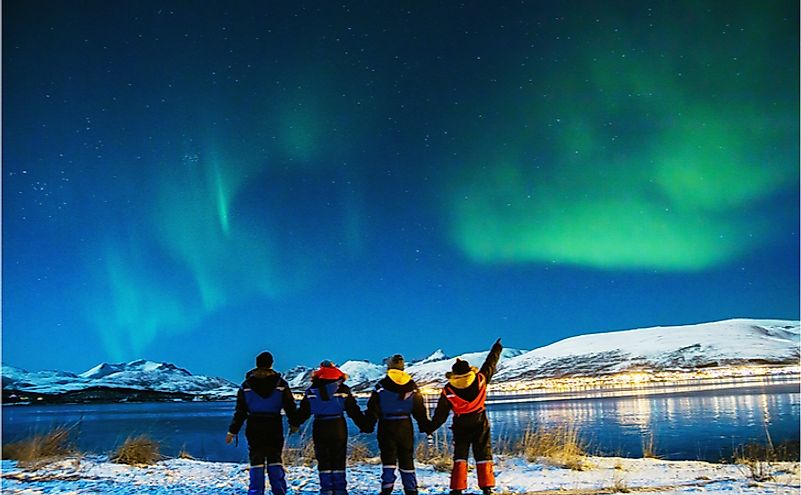Where Is The Ionosphere And What Is Its Function?

The ionosphere is the layer of the Earth that is ionized by cosmic and solar radiation. It lies 46 to 621 miles above the Earth’s surface. The atoms in this layer have been stripped off one or more electrons by cosmic rays or intense energy from the sun and are therefore charged. When electrons are ionized, they resemble free particles and move randomly. The sun’s outer atmosphere is extremely hot and continuously streams out UV rays and X-rays that ionize the ionosphere. The sun only ionizes the part of the Earth that experiences daylight. Cosmic rays from neutron stars, black holes, radio galaxies, quasars, and supernovae also produce cosmic rays that charge the ionosphere at night. The ionosphere is not limited to Earth, but it can be found on other planets and moons. Jupiter, Mars, Uranus, and Venus all have the ionosphere as part of the atmosphere. Saturn’s largest moon, Titan, has an ionosphere that stretches for between 680 to 810 miles.
Importance Of The Ionosphere
The ionosphere is important for radio communication because ionized gases refract shortwave and high-frequency radio waves back to Earth. This allows for the distant transmission of radio waves beyond the horizon. The skywave propagation method has been in use since the 1920s though it remains unreliable because reception and transmission are affected by day and night, weather, seasons, and the sunspot cycle. The telecommunication industry has abandoned shortwave radio frequency, but it is still essential for high-latitude communication where satellite communication is not available.
Layers Of The Ionosphere
The atmosphere is divided into D, E, and F layers. The D layer is closest to the Earth’s surface at an altitude of between 37 and 56 miles. The D layer disappears at night since cosmic rays cannot reach it, and appear during the day when it is charged by solar radiation. The E layer lies at an altitude of between 56 and 93 miles above the Earth’s surface. It is ionized by X-ray and UV solar radiation during the daytime and can be reached by weak cosmic radiation at night. Radio waves that make it through the D layer bounce off this layer. The F layer is the topmost; it covers between 93 and 310 miles. This is the most electron-dense layer since it is charged by solar radiation during the day and intense cosmic radiation at night. During solar flares, the layer becomes supercharged resulting in the stronger transmission of radio waves.











